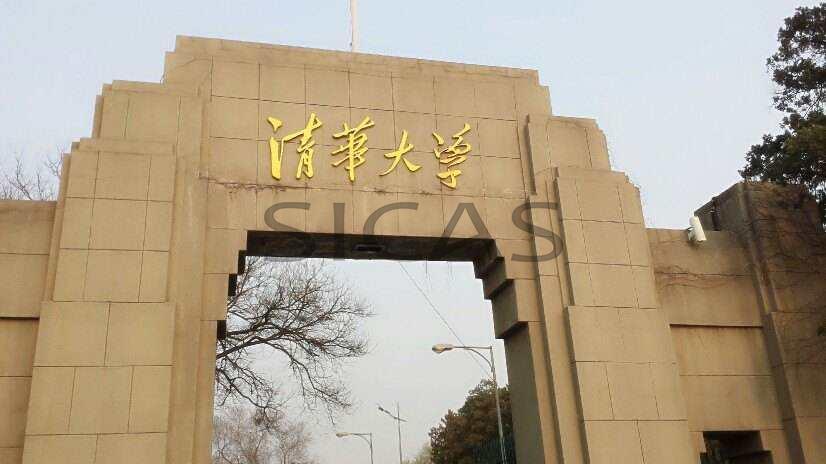

 |
Why Study in THU
Overview of History of Tsinghua University On April 29, 1911, Tsinghua Xuetang began its first term of study, and from that year on, the Tsinghua’s anniversary has fallen on the last Sunday of April. The name was changed to "Tsinghua Xuexiao (Tsing Hua College)" after the 1911 Revolution. In 1925, Tsinghua launched its four-year undergraduate programme. In 1928, its name was changed to "Guoli Tsinghua Daxue (National Tsinghua University)", and in the autumn of 1929 its graduate school was set up. Following the outbreak of the War of Resistance against Japan in 1937, Tsinghua University, Peking University and Nankai University merged to form the National Southwest Associated University in Kunming. After the war, Tsinghua University moved back to its original Beijing campus. Three years after the founding of the People’s Republic of China, a nationwide restructuring of institutes of higher education began, and in 1952, Tsinghua University became a multidisciplinary polytechnic university specializing in training engineers. In November of that year, the Ministry of Education appointed Jiang Nanxiang as President. Since 1978, Tsinghua University has strengthened its teaching in sciences, economic management, humanities and law. In 1999, Tsinghua opened the School of Arts and Design by merging with the Central Academy of Arts and Design. Today, Tsinghua has become a leading university: while its teaching is focused on engineering, it concurrently offers degrees in other sciences, the liberal arts, management and law. To fully implement the "China Education Reform and Development Program", Tsinghua University has set new development targets for the next 15 years. Educational quality and effectiveness will be improved and disciplinary structure will be readjusted. Building on our strength in engineering, the university will promote the development of science and management departments. High academic standards will also be pursued in the humanities and social sciences.
In less than 100 years, Tsinghua University has witnessed and shared the hardships and glories of the nation. The University’s motto of "Self-discipline and Social Commitment" has inspired many generations of Tsinghua teachers and students to struggle for the prosperity of China. Now, striving to build Tsinghua University into a world-class university by its 100th anniversary in 2011 has become the objective of each member of the teaching staff and the student body. 1911 Founding of "Tsing Hua Imperial College", later changed to "Tsing Hua College" (preparatory school for students to study in the USA) 1925 Launching of four-year undergraduate programme 1928 "National Tsinghua University" is set up with 16 departments in four schools: the Liberal Arts, Law, Sciences, and Engineering 1937 Tsinghua moved to Changsha, merging with Peking University and Nankai University to form "Changsha Temporary University" 1938 Moved to Kunming, changing its name to "National Southwest Associated University" 1946 Returned to the original campus, "Qing Hua Yuan (Tsinghua Garden)", in Beijing, and founded the School of Agriculture 1952 Restructured as a polytechnic university after the nationwide restructuring 1978 Nationwide College Entrance Examination is resumed 1984 Establishes the first Graduate School in China. ― School of Economic Management is formed out of the existing department of management engineering. ― School of Sciences resumes on the basis of science departments. 1985 First School of Continuing Education opens in China 1988 Establishes School of Architecture 1993 Former departments and research institutes in the humanities and social sciences merged as School of Humanities and Social Sciences 1994 Establishes School of Information Science and Technology 1996 Establishes School of Mechanical Engineering 1999 School of Law reopens ― Establishes School of Applied Sciences and Technology ― Establishes Academy of Arts and Design by merging with the Central Academy of Arts and Design 2000 Establishes School of Civil Engineering ― Establishes School of Public Policy and Management. 2001 Establishes School of Medicine 2002 Establishes School of Journalism and Communication 2003 Merges Huaxin Hospital and Yuquan Hospital into Tsinghua 2004 Establishes School of Aerospace 2006 Peking Union Medical College changed its name to "Peking Union Medical College (Division of Medicine, Tsinghua University)" 2008 Establishes School of Marxism 2009 Establishes School of Life Sciences 2011 Centenary Celebration ― Establishes School of Environment |







